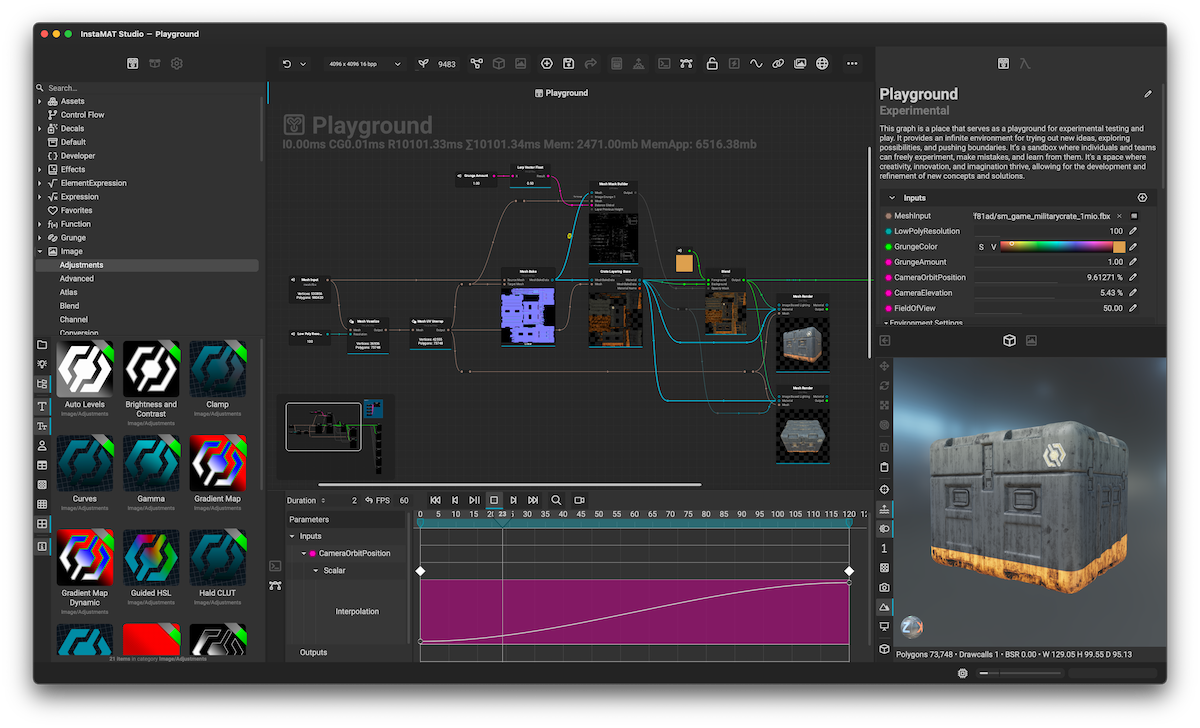
With an assortment of graph types, easy drag-and-drop integration with other InstaMAT projects, and the ability to combine images, meshes, and point clouds, the Canvas becomes an infinite playground for building dynamic assets and procedural pipelines.
¶ Getting Started with the Canvas
Learn how to begin working in InstaMAT's flexible and powerful node-based interface with the following articles:
- Canvas Interface: Discover and learn the interface elements that make up InstaMAT's Canvas UI.
- Canvas Navigation: Learn how to navigate the
Canvasinterface. - Node-Based Workflow Key Concepts: Uncover the power of a node-based workflow by tapping into its non-linear nature. Learn about graph inheritance, making connections, exposing inputs and outputs, and how to create infinite variations by changing a graph's execution seed.
- InstaMAT Project Integration: Learn how to extend the functionality of InstaMAT's many project types by integrating them into an Element Graph. Blend a Materialize Image project with a few of the many stunning materials within InstaMAT's built-in library. Expand upon a Layering project by supplying it with all of the
Canvas'snodes and features.
The
Canvasis one of many ways to approach texture and material creation. With Layering, artists can create scalable workflows using a familiar layer-based approach to build up an asset from scratch. Material Layering is a powerful project type making it easy to combine materials together to form a more complex result. What's more is that these layer-based projects can be extended by exposing adjustable parameters and instancing them in an Element Graph.
¶ Canvas Project Types
Learn about the different project types that can be built using the Canvas.
¶ Element Graph
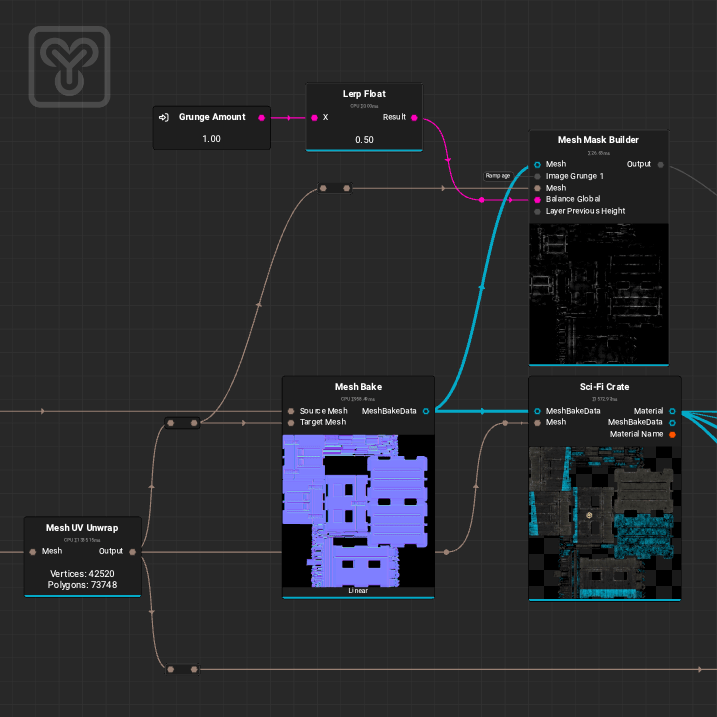 The Element Graph is the swiss-army knife of project types in InstaMAT. Create stunning materials, build powerful mesh-processing pipelines, and combine different mediums such as images, meshes, and point clouds. Expressions and arithmetic can also be integrated directly into the same graph along side your materials to customize and direct exposed parameters. These parameters can be adjusted within InstaMAT Studio, InstaMAT Pipeline, or in our integrations.
The Element Graph is the swiss-army knife of project types in InstaMAT. Create stunning materials, build powerful mesh-processing pipelines, and combine different mediums such as images, meshes, and point clouds. Expressions and arithmetic can also be integrated directly into the same graph along side your materials to customize and direct exposed parameters. These parameters can be adjusted within InstaMAT Studio, InstaMAT Pipeline, or in our integrations.
To learn more about the Element Graph click here.
¶ nPass Element Graph
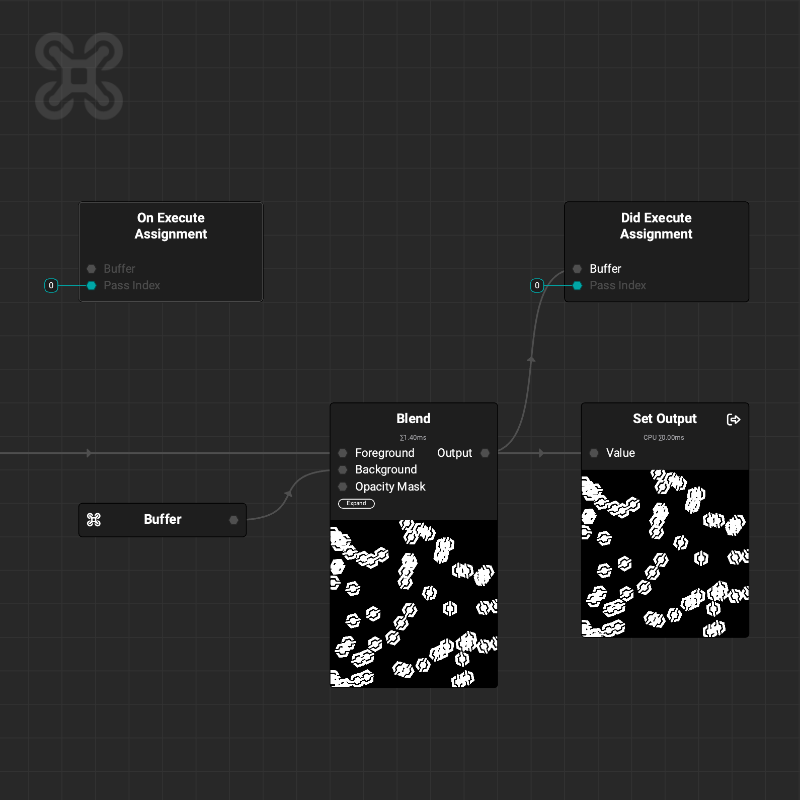 The nPass Element Graph unlocks the power of iteration by persisting data across multiple passes. This makes complex processes like simulations and scatters a streamlined and straightforward process. There is no limit to the type of data that can be iterated upon such as mesh data, strings, and image buffers. Many nodes within InstaMAT's node library were created with the nPass graph such as the "Mesh Drop On Topology" and the "Mesh Array" node.
The nPass Element Graph unlocks the power of iteration by persisting data across multiple passes. This makes complex processes like simulations and scatters a streamlined and straightforward process. There is no limit to the type of data that can be iterated upon such as mesh data, strings, and image buffers. Many nodes within InstaMAT's node library were created with the nPass graph such as the "Mesh Drop On Topology" and the "Mesh Array" node.
Articles on the nPass Element Graph are coming soon.
¶ Atom Graph
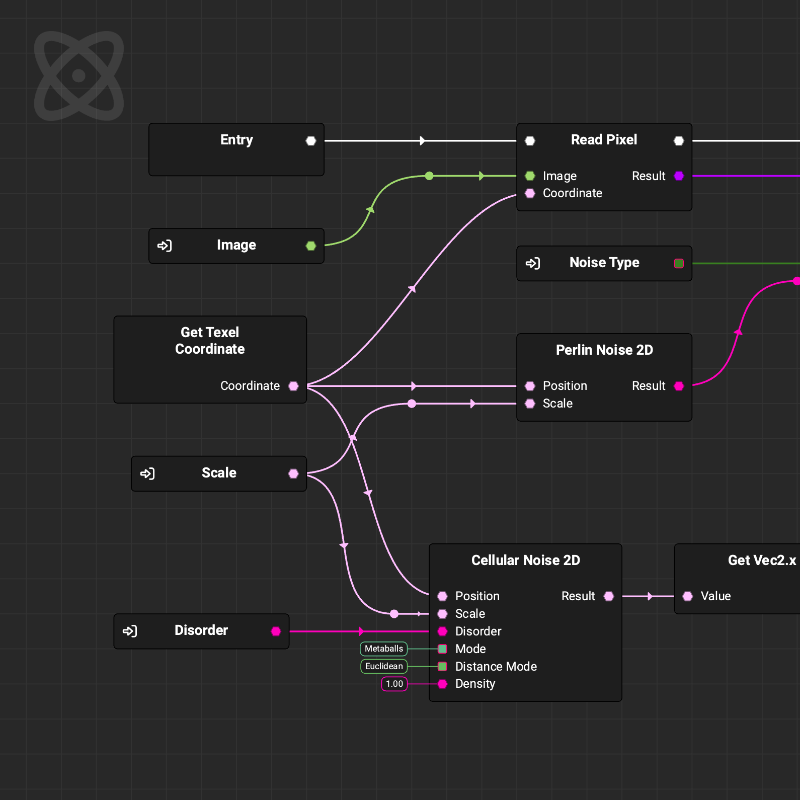 An Atom is an image-processing program that runs on the GPU. With the intuitive control flow connection system, traditional programing operations such as branching and looping are possible determining the order in which the graph is executed.
An Atom is an image-processing program that runs on the GPU. With the intuitive control flow connection system, traditional programing operations such as branching and looping are possible determining the order in which the graph is executed.
To learn more about the Atom Graph click here.
¶ Function Graph
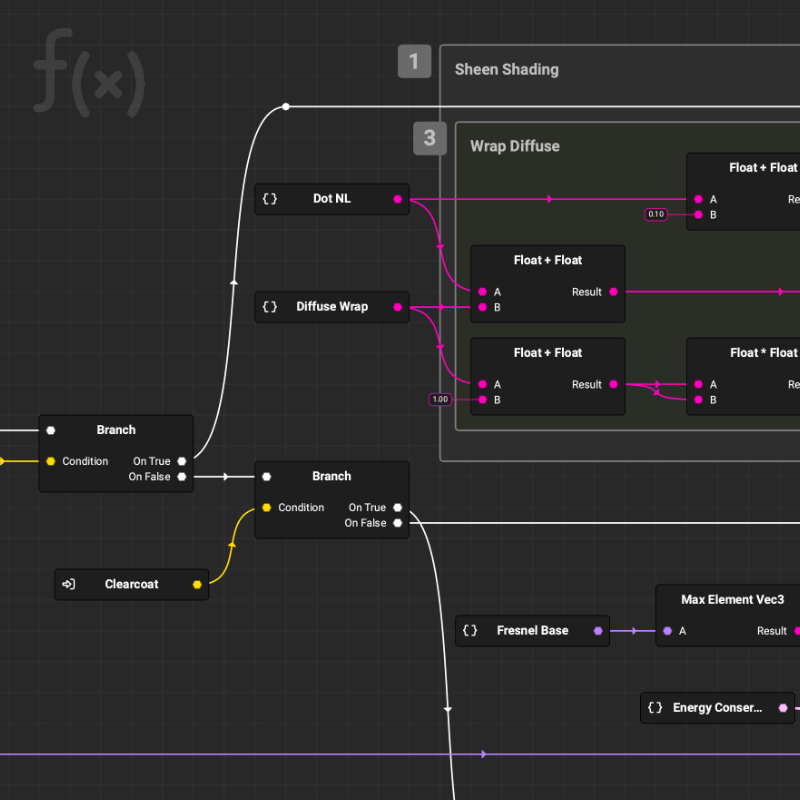 The Function Graph is a small function node that can be reused inside Atom Graphs. While this is similar to the Atom Graph, the difference is that a Function Graph can have non-image output parameters.
The Function Graph is a small function node that can be reused inside Atom Graphs. While this is similar to the Atom Graph, the difference is that a Function Graph can have non-image output parameters.